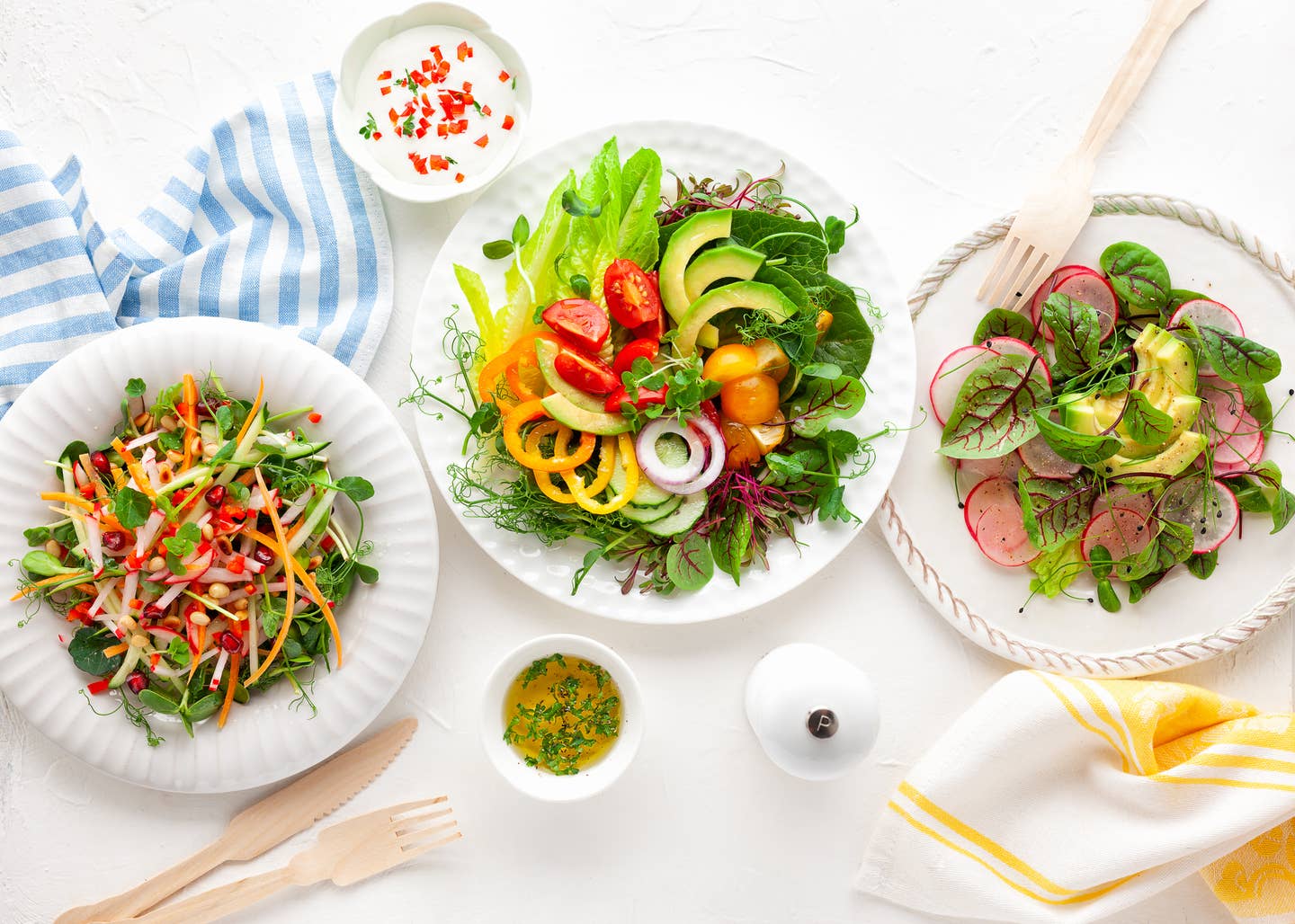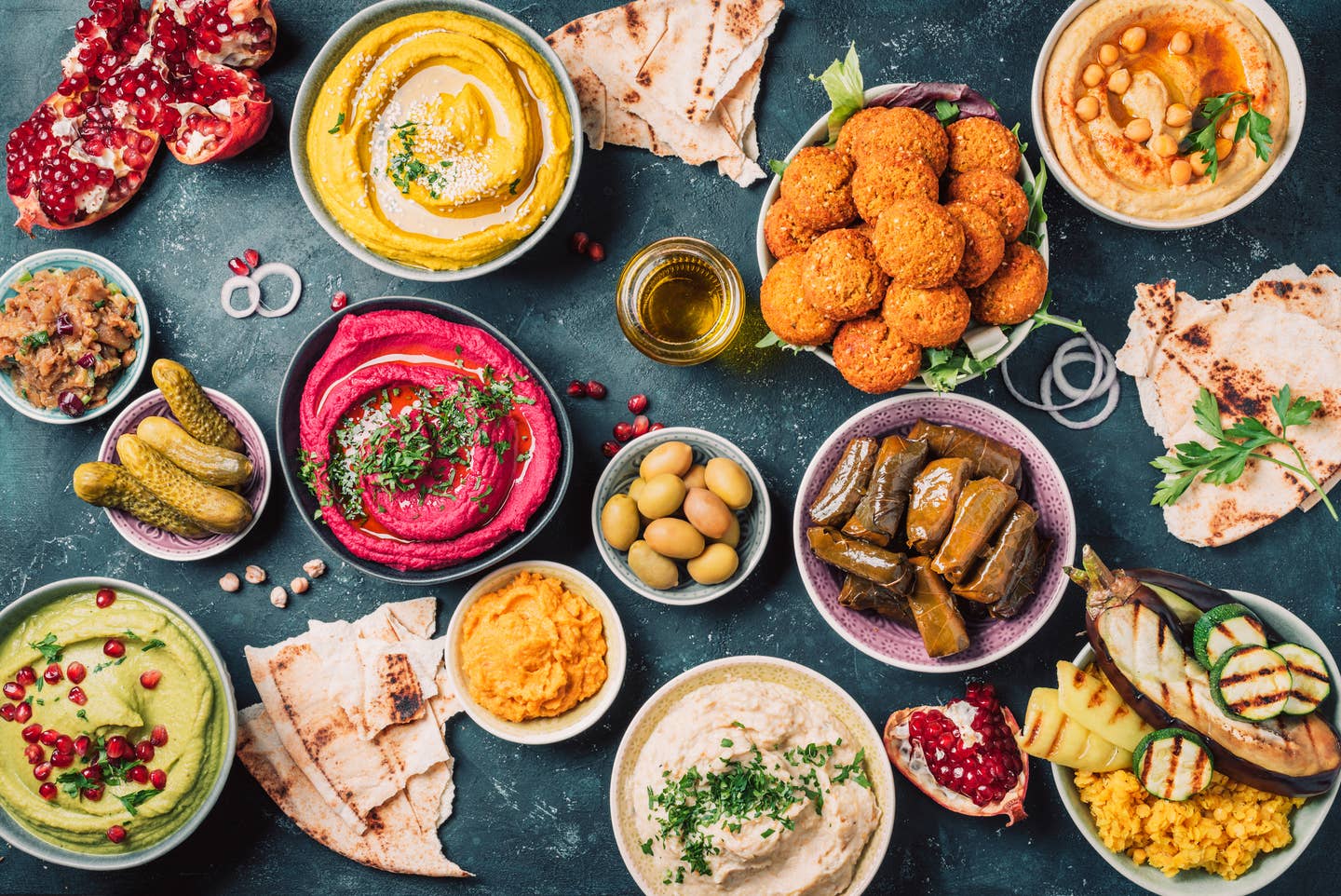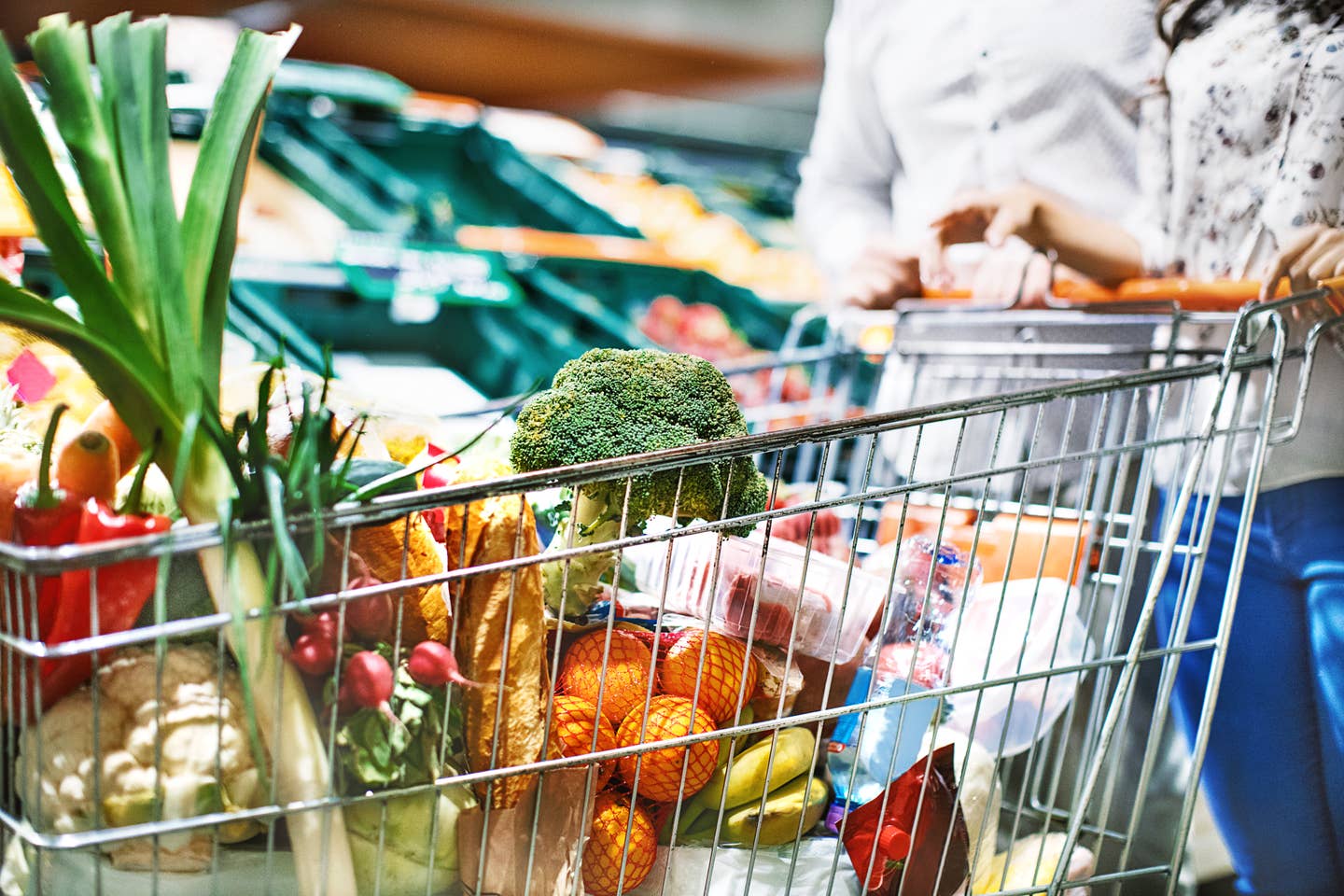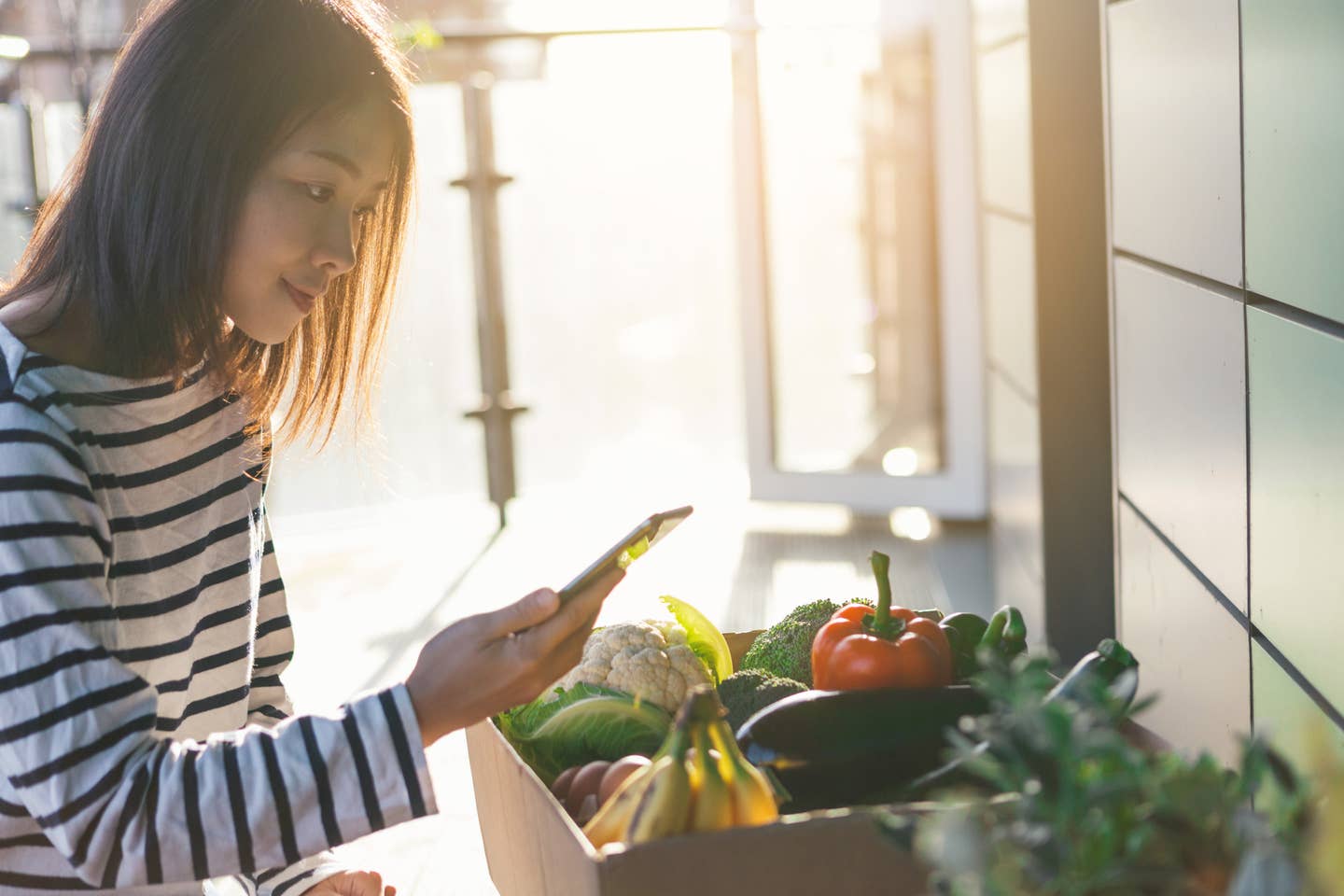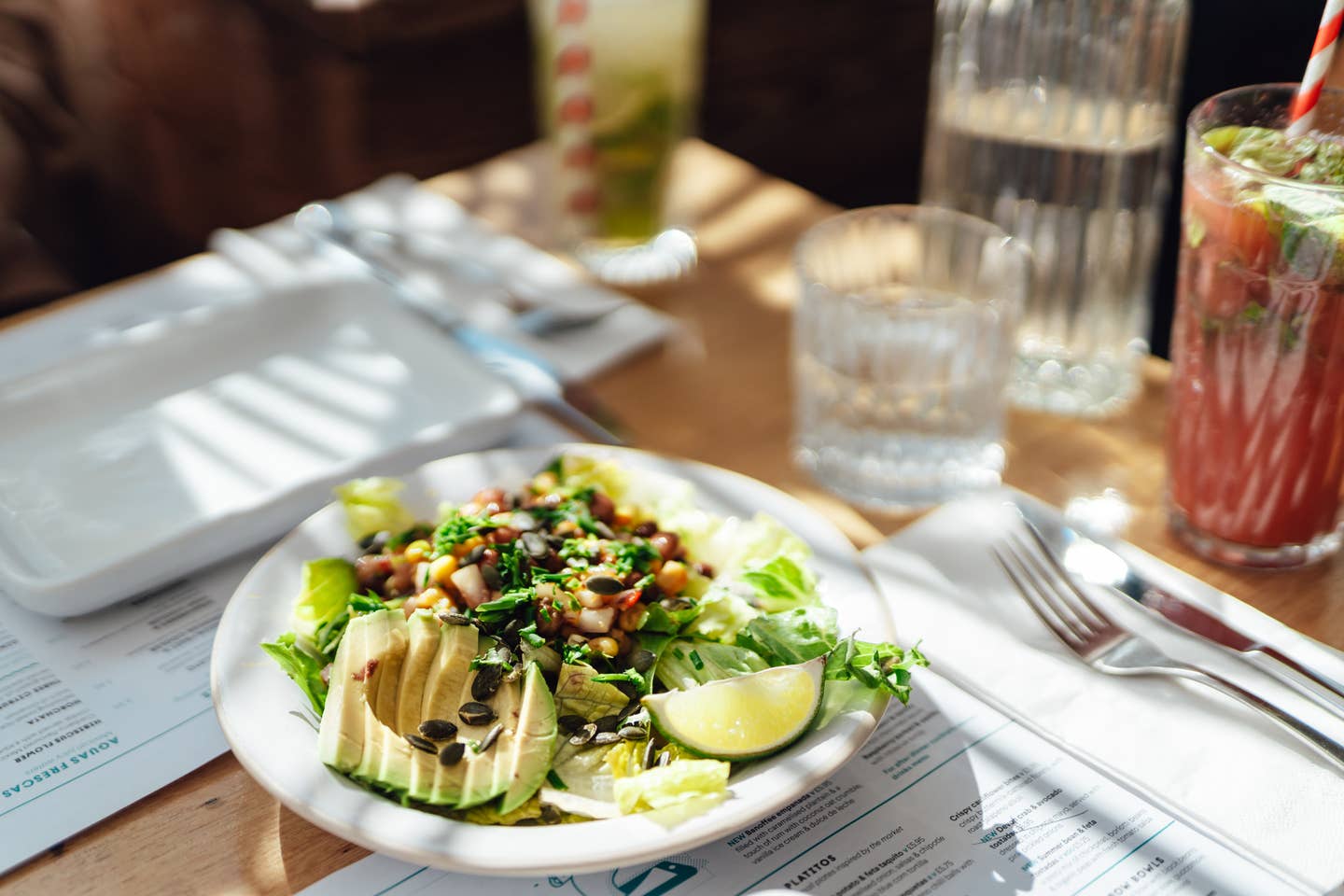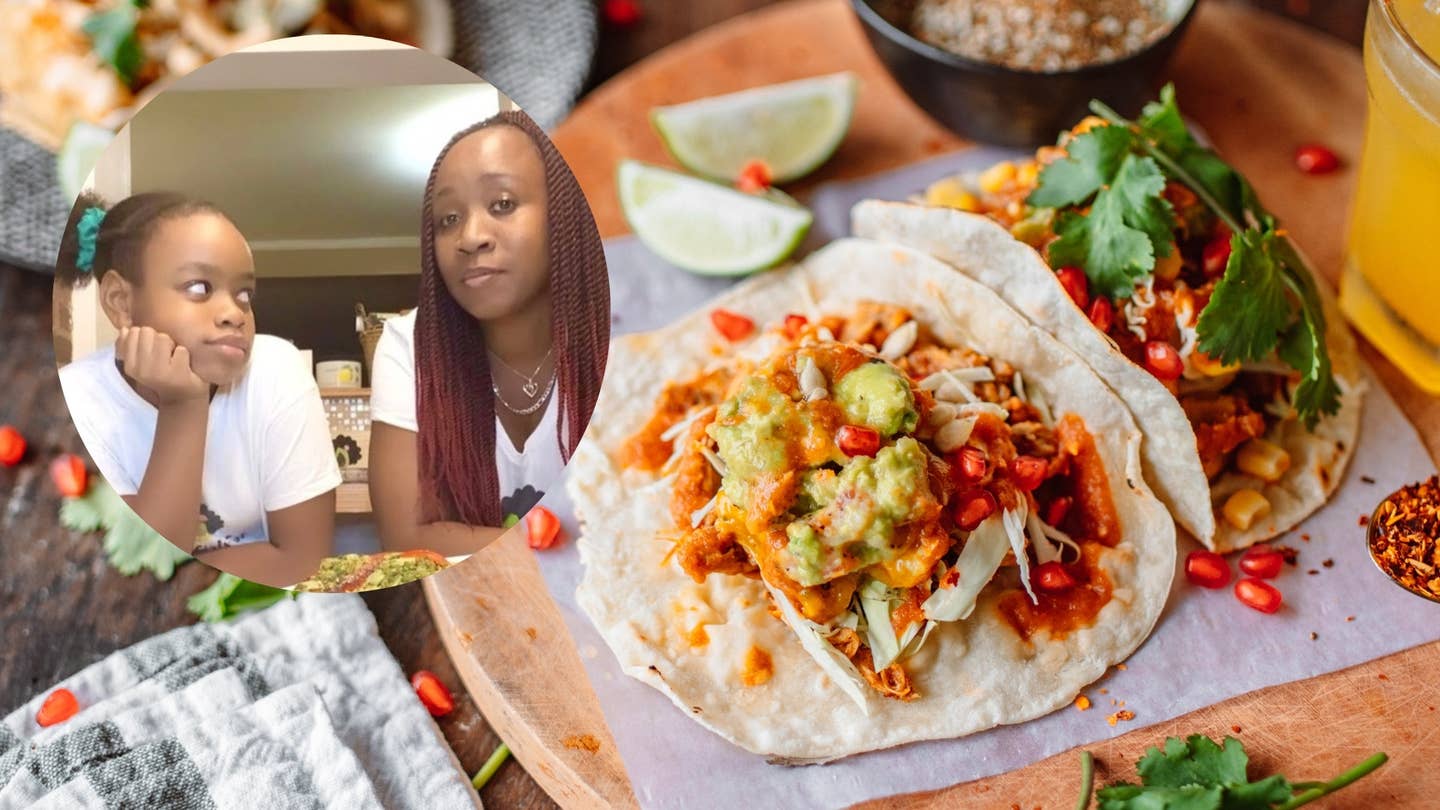
Make This Easy After-School Snack: Vegan Tostadas for Kids
Since we started working from home, snack is a word that can be heard all day long. Next to dinner, it is absolutely the second most popular word in my household. We’ve got a lot of options, but it’s always important to me that the snacks provide some nutritional value as well as just tasting good. Before the pandemic, working from home was awesome because my husband was at his office and my daughter was at school. I had the whole house to myself. These days, working from home is an Olympic sport. You gotta have the skills to grab a cup of coffee and jump online before the wi-fi signal gives out. And did I mention that there's always a request to whip up a snack?
We are basically a family that loves to graze. I pay attention to the kinds of snacks that we have and I take the lead to help my family make healthier choices. You can't control everything out in the world but you can control what comes out of your own kitchen. Some of our favorite snacks are actually pretty healthy. We love popcorn, roasted chickpeas, and the occasional chocolate-dipped pretzel. If my daughter is online for remote classes, the request for snacks shows up at the end of every class. If she actually goes into the school building, the request comes as soon as she walks in the door. Yep, I can't even get a hello kiss before she flings the fridge doors open and grimaces as she looks for something to satisfy her hunger.
On a recent afternoon, she came into the kitchen and announced that she needed a snack ASAP. After I ran down a list of so-called healthy options, she promptly reminded me that not everything has to be plant-based and that I should live a little. I told her that I am trying to live a lot and that plant-based nutrition was a big part of that. Finally, she relaxed but also made me promise to let her know if I added any "vegan" products to her snack so that she would be aware ahead of time.
When the pandemic hit and everyone was locked down, I ventured out to the supermarket. The chip aisle was completely deserted. There was not one bag of tortillas on the shelves. However, there were stacks and stacks of corn tortillas. One bag held 80 corn tortillas for just about three dollars. I took them home and figured out how to create what has become one of our favorite after-school snacks.
The soft flour tortilla is great for burritos and quesadillas. It's the corn tortilla that offers a crispy bite and that's why they are perfect for tacos, tortilla chips, and tostadas. As a matter of fact, the tostada has been around for the past 2,000 years. Oaxaca, Mexico is credited with the creation of the first tostada. It's the versatility of this dish that keeps on breakfast, lunch, and dinner tables all year long.
Often served with traditional toppings like refried beans and meat, you can also now find tostadas made with seafood, and of course, there are plenty of vegan versions. Let’s not forget about the fact that the corn tortilla is also whole grain and considered a decent source of fiber and nutrients.
Tostadas are an easy snack to make and even easier to eat. We prefer to bake them rather than fry them in oil. We set the oven to 350 and bake on both sides at 1o minutes each. You can take whatever you have in the fridge and turn them into toppings. What's great is that there really are no rules. Try vegan cream cheese, sliced pears, and chia seeds. Take care of your pizza lovers with vegan mozzarella, plant-based meatballs, marinara sauce, and basil. Give a nod to the southwest with guacamole, black beans, diced tomatoes, and corn. My daughter approves and is never upset when I present a tray of tostadas to her for her after-school snack. As an added bonus, she has even been happy to find them at dinner time.
To find more of LA's tips, recipes, and advice visit Black Girls Eat to learn more about going from plant curious to plant-focused.
Top 10 Sources of Plant-Based Protein According to a Nutritionist
1. Seitan
Protein: 21 grams in ⅓ cup (1 ounce) Seitan isn’t as popular as other proteins, but it should be! Made from wheat gluten, its texture resembles ground meat. It’s often used in pre-made veggie burgers or meatless nuggets. Seitan has a savory taste, like mushrooms or chicken, so it works well in dishes that call for an umami flavor. With a hearty texture, seitan can be the star of practically any vegan main dish. Add it to stir-fries, sandwiches, burritos, burgers, or stews. Like tofu, seitan will take on the flavor of any marinade or sauce.
2. Tempeh
Protein: 16 grams in 3 ounces If you like a protein with a bit of bite, add tempeh to your list. Made from fermented soybeans, tempeh has a slightly nutty flavor and is pressed into a block. Most varieties include some sort of grains, such as barley or millet. Not only is tempeh a plant-based source of protein, but the fermentation process also creates good-for-your-gut probiotics. You can cut tempeh right off the block and use it as the base for a sandwich or pan-fry it with some sauce. Or, crumble, heat, and make it the star of your next taco night.
3. Lentils
Protein: 13 grams in ½ cup cooked Lentils come in multiple varieties--red, yellow, green, brown, black. Regardless of the type lentils are small but mighty nutritional powerhouses. They pack a good amount of protein as well as iron, folate, and fiber. When cooked, brown lentils retain their texture and can be the base for a grain bowl or make a hearty substitute for ground meat in meatballs, lasagna, tacos or Bolognese. Red lentils are a bit softer and make a nice add-in for a hearty soup, chili, or stew.
4. Hemp Seeds
Protein: 10 grams in 3 tablespoons Hemp seeds are a tender and nutty seed, derived from the hemp plant. They contain good amounts of omega-3s, iron, folate, magnesium, phosphorus, and manganese. They are also a solid source of both soluble and insoluble fiber, which helps to keep your digestive tract healthy and humming. Because they pack a double whammy of protein and healthy fats, hemp seeds can help satisfy hunger, preventing those embarrassing stomach growls as you slog your way to your lunch break. Add them to your morning smoothie or sprinkle them on top of yogurt, oatmeal, or even a salad.
5. Tofu
Protein: 9 grams in 3 ounces (⅕ of a block) Made from coagulated soybeans, tofu is the most popular plant-based protein. Soy is one of the only meatless "complete" proteins, meaning that it contains all of the essential amino acids that the body can’t make but needs for muscle and immune function. With 15% of your daily calcium needs, tofu is also a good replacement for dairy.
6. Edamame
Protein: 9 grams of protein in ½ cup This sushi appetizer is a nutrient powerhouse, so eat it anytime. Edamame is really just another name for soybeans in their pods. Let’s list off some stats--a small ½-cup serving of edamame has 9 grams of protein, 15% of your daily vitamin C, 10% of your daily iron and 16% of your daily fiber. Keep a bag of edamame in your freezer to serve as a fun-to-eat side dish or opt for the shelled variety to toss into salads or a grain bowl.
7. Quinoa
Protein: 8 grams per cup (cooked) Quinoa is an ancient grain and since it's gluten-free a great choice for anyone avoiding gluten. Add it to your burger recipe to create filling texture, or instead of meat in your taco or burrito. Quinoa is among the healthiest foods on the planet, delivering phytonutrients that have anti-inflammatory qualities, so keep it in your pantry for any meal that needs a filling grain. Just remember to soak it and rinse before cooking to get rid of any bitter taste.
8. Black Beans
Protein: 7 grams in ½ cup (canned) Eating beans on the regular might as well be a prerequisite for a plant-based diet. Not only are canned black beans inexpensive, but they also contribute 10% of your daily iron and 25% of your daily fiber to your diet. For less than $1 a can, beans can be the star of tacos, quesadillas, salads, soups, burgers, or dips.
9. Amaranth
Protein: 6 grams in ⅔ cup (cooked) Chances are you’ve never cooked amaranth. But you should, since this tiny, gluten- free grain is packed with almost 30% of your daily fiber and 20% of your daily iron. Cook it like a traditional grain to yield a soft, porridge-like texture. Many people add amaranth to other a hot breakfast cereal mixture, like oats and quinoa. It also pops like popcorn. Toss it in a pot with some oil and wait for it to pop up into a nutritious snack.
10. Peas
Protein: 5 grams in ⅔ cup If peas were one of your most hated veggies as a kid, it’s time to give them another chance. These green beans are a great low-calorie protein to keep in your freezer. Sure, they don’t always taste great when steamed or microwaved (who wants to eat mushy, overcooked peas?), but they do blend well into a yummy puree that can be slathered on toast. To amp up the flavor, add some lemon juice or mint to your mix before you blend.
More From The Beet
